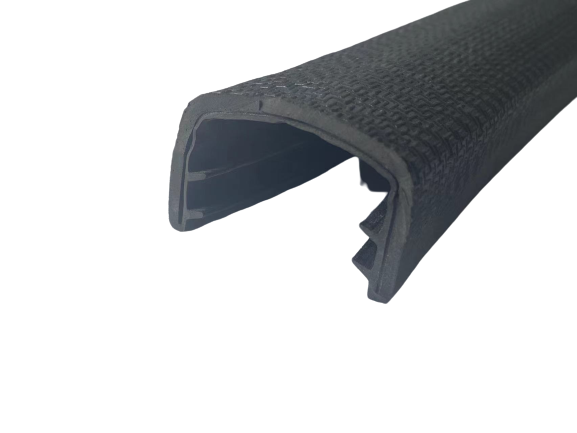Dec . 26, 2024 08:30 Back to list
garage door rubber bottom
The Importance of Garage Door Rubber Bottoms
When it comes to garage doors, many homeowners might overlook a crucial component the rubber bottom seal. This seemingly insignificant detail plays a vital role in ensuring the functionality and efficiency of a garage door system. In this article, we will explore the importance of garage door rubber bottoms, their benefits, installation tips, and maintenance practices.
What is a Garage Door Rubber Bottom?
The garage door rubber bottom, often called a weather seal or bottom seal, is typically made of durable rubber or polymer material. It runs along the bottom edge of the garage door, creating a seal between the door and the ground. This seal serves multiple purposes, including preventing moisture, pests, and debris from entering the garage while promoting energy efficiency.
Key Benefits of Garage Door Rubber Bottoms
1. Weather Resistance One of the primary functions of the rubber bottom seal is to protect the garage from the elements. During heavy rain or snowfall, a proper seal keeps water out, preventing damage to stored items and the garage structure itself. It also helps keep the garage warmer in winter by reducing drafts.
2. Pest Prevention An effective rubber seal acts as a barrier against unwanted pests, such as rodents and insects, that might otherwise find their way into your garage. Keeping these critters out can be especially important for maintaining a clean and safe environment, particularly if you store food or pet supplies in the garage.
3. Debris Reduction Leaves, dirt, and other debris can easily blow into an open garage. A rubber bottom seal minimizes the amount of dust and clutter that can accumulate, making it easier to maintain a clean and organized space.
4. Energy Efficiency An efficient seal can significantly improve the energy efficiency of your home. By preventing cold air from entering during the winter months and keeping cool air inside during the summer, you may notice a reduction in your heating and cooling bills.
5. Noise Reduction Garage doors can be loud, especially when opening and closing. The rubber seal provides a cushioning effect that can help lessen the noise associated with the operation of the door, making it a more pleasant experience for you and your neighbors.
Installing a Garage Door Rubber Bottom
Installing a garage door rubber bottom is a straightforward DIY task that can be completed with just a few tools
. Here’s a simple guide to help you get startedgarage door rubber bottom

1. Measure Your Door Before purchasing a new rubber seal, measure the width of your garage door to ensure you get the right size.
2. Remove the Old Seal If you’re replacing a worn-out seal, carefully remove it by pulling it away from the door. You may need to use a scraper to remove any adhesive residue.
3. Clean the Surface Ensure that the bottom edge of the door is clean and free from debris. This will help the new seal adhere properly.
4. Cut and Attach the New Seal Cut the new rubber seal to fit the width of the door. Most seals come with an adhesive backing or require screws for installation, so follow the manufacturer's instructions for securing the seal in place.
5. Test the Seal After installation, close the garage door and inspect the seal for gaps. Adjust as necessary to ensure a snug fit.
Maintenance Tips for Your Garage Door Rubber Bottom
While garage door rubber bottoms are designed to be durable, they do require some maintenance to prolong their lifespan
- Regular Inspections Periodically check the seal for signs of wear or damage, such as cracks or brittleness. Replace the seal if it shows significant wear.
- Clean the Seal Keep the rubber seal clean by wiping it down with a damp cloth to remove dirt and debris. Avoid using harsh chemicals that may degrade the rubber material.
- Lubricate for Flexibility A silicone-based lubricant can be applied to keep the rubber pliable, making it less prone to cracking.
In conclusion, the garage door rubber bottom may be a small component, but it has significant implications for the efficiency, safety, and functionality of your garage. By investing in a high-quality seal and keeping up with maintenance, homeowners can enhance the longevity of their garage doors while enjoying a more comfortable and pest-free environment.




